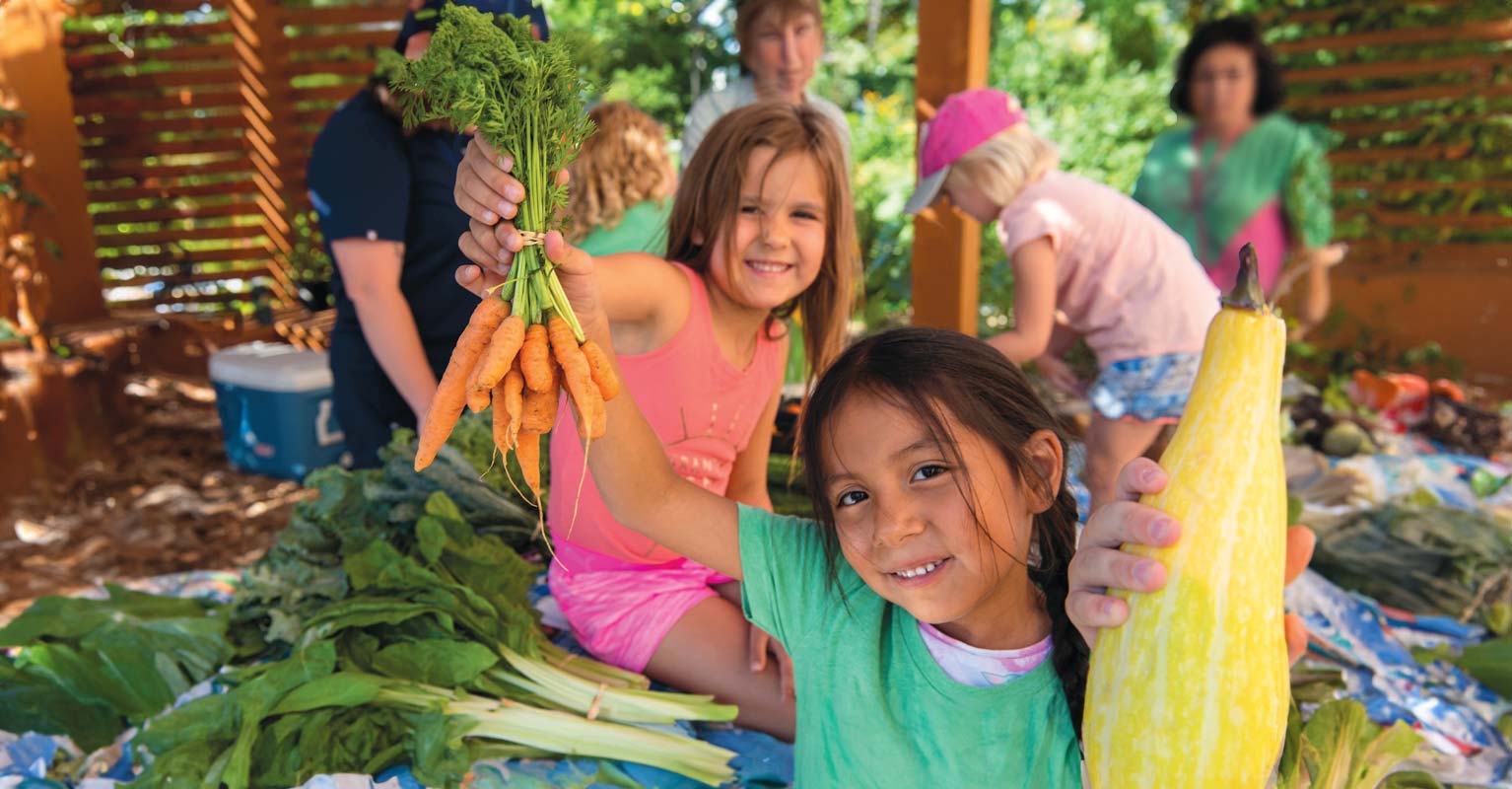RELATED RECIPE: DANDELION JAM
There are a lot of edible weeds in the gardens of Montana. It’s not unusual to happen upon purslane (which is everywhere), stinging nettle (in disturbed open fields like new building lots), or mallow (at some of the city parks). We have a large patch of lamb’s quarters outside our back door. And my mother fights with chickweed on an annual basis.
Years ago I went on a weed walk with a local botanist who convinced me we could make pesto out of any leafy edible plant and tea from any edible flower. As far as I can tell, she was right. In my experience, chickweed, dandelion, sorrel, and purslane (or any combination thereof) are all great bases for pesto.
But we aren’t limited to pesto. There are a lot of ways to prepare nutrient-dense weeds, though of course, you should only harvest from locations where you know the weeds haven’t been treated with chemical fertilizers, herbicides, or pesticides.
Today, let’s focus on the dandy little dandelion, whose wide-spreading roots can loosen hard-packed soil and pretty yellow fluff balls are the first flowers of spring that nourish little bees waking from hibernation.
When ingested raw or cooked, dandelions have antioxidant properties and may boost the immune system. They are rich in vitamins C, A, and K. They are anti-inflammatory. And they are used by herbalists to help detoxify the liver, gallbladder, and kidneys. They are even touted to be good for the skin.
Dandelion roots can be sautéed. The leaves can be used in salads, blended into pesto, and sautéed or wilted like spinach. They are delicious on sandwiches and wonderful in soups. And the flowers can be eaten raw, added to a salad, or steeped into tea. Or, with just a little extra effort (and a surprising amount of honey), those luscious little yellow orbs can be transformed into dandelion jam, which just happens to taste like sunshine captured in a jar. It’s great on toast, an open-faced sandwich, or even with oat bars or thumbprint cookies.




